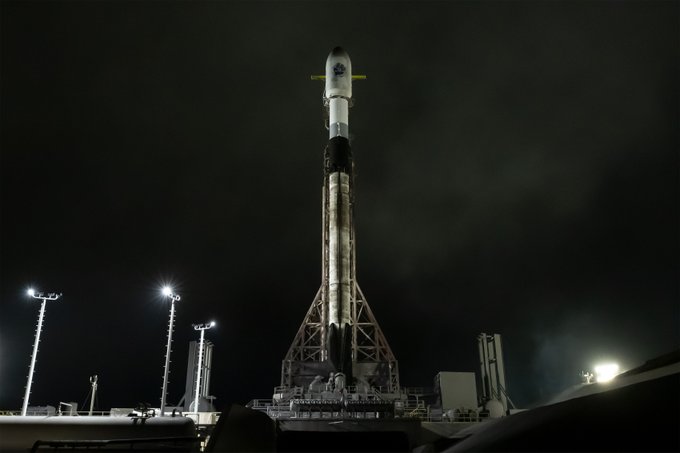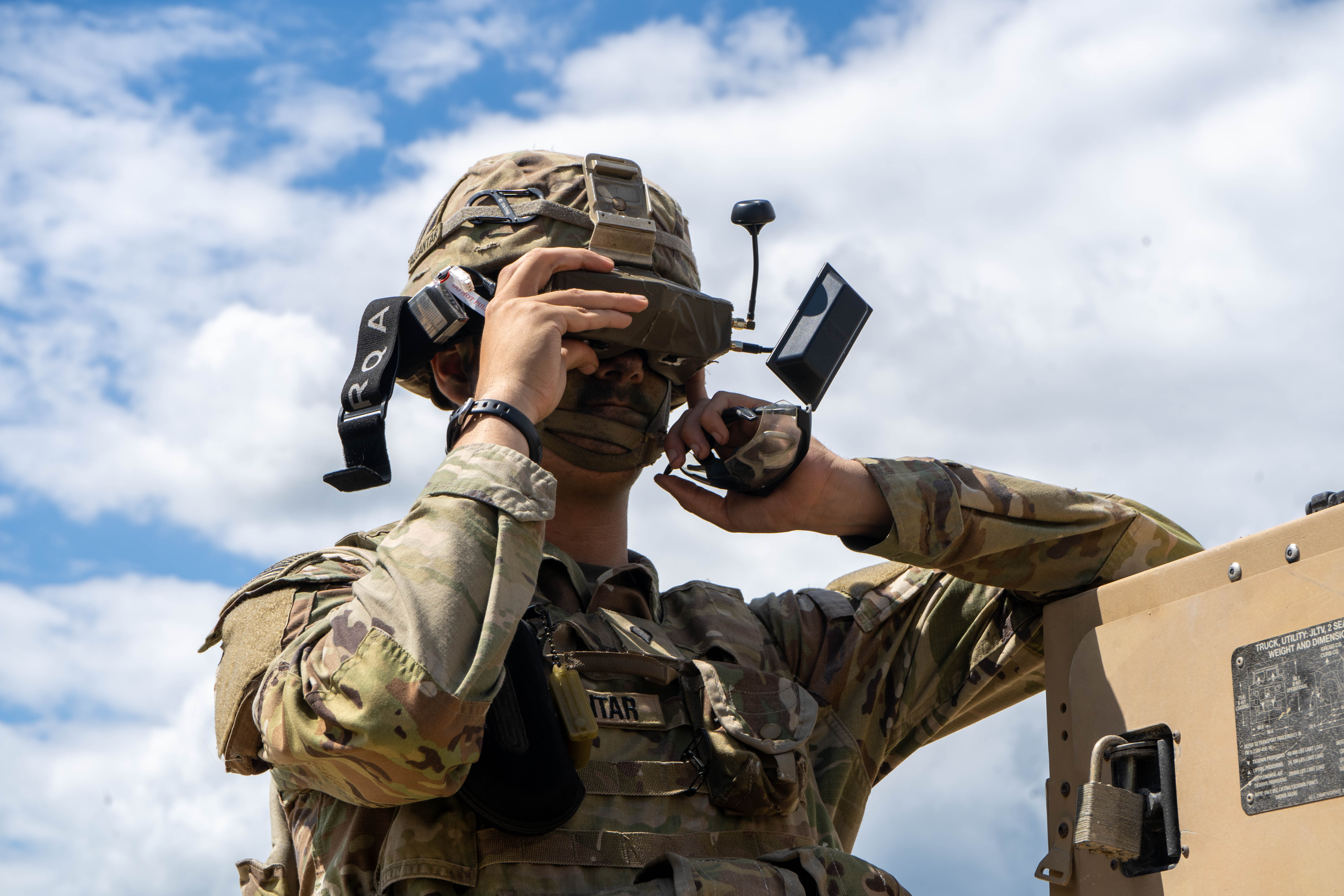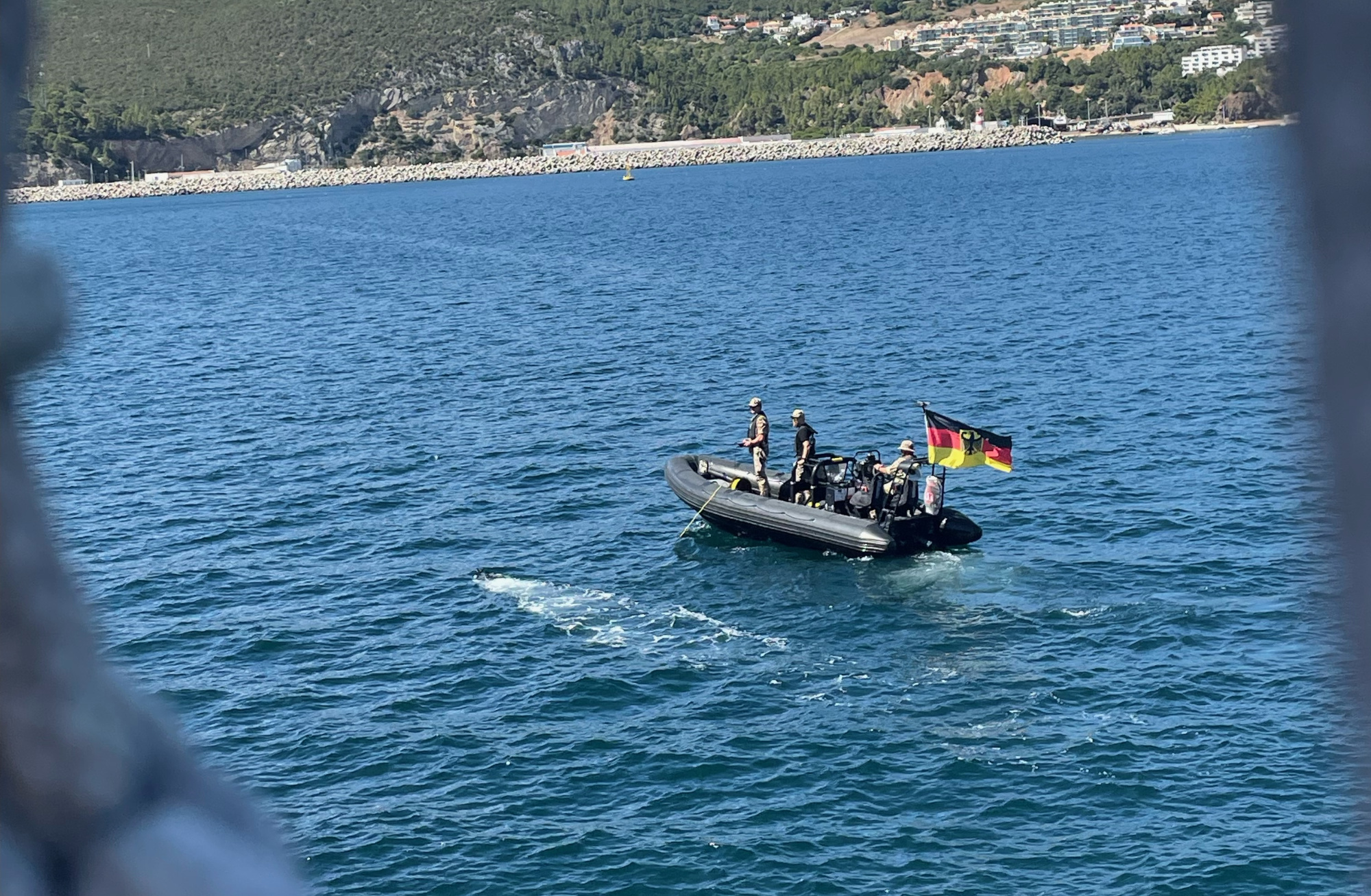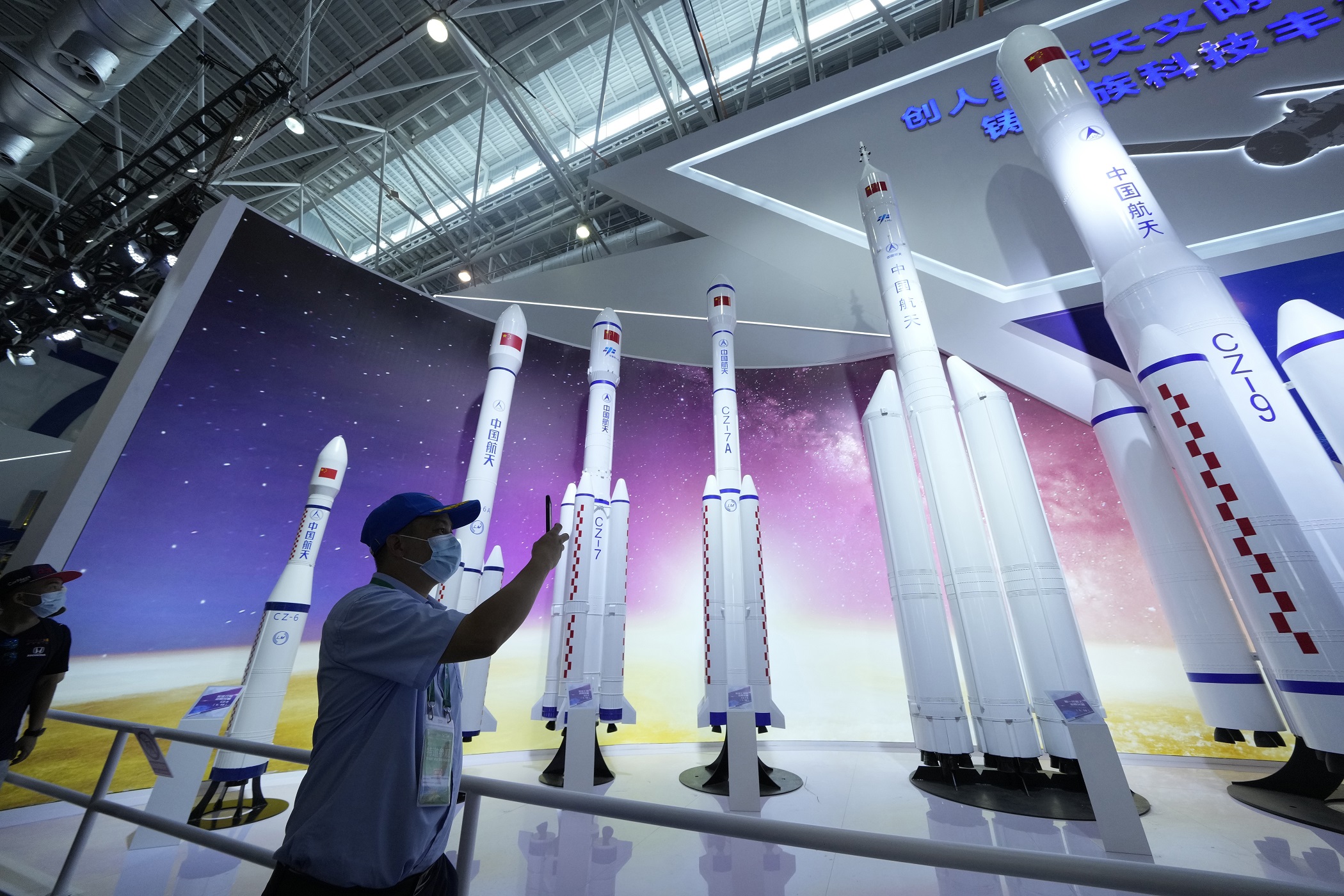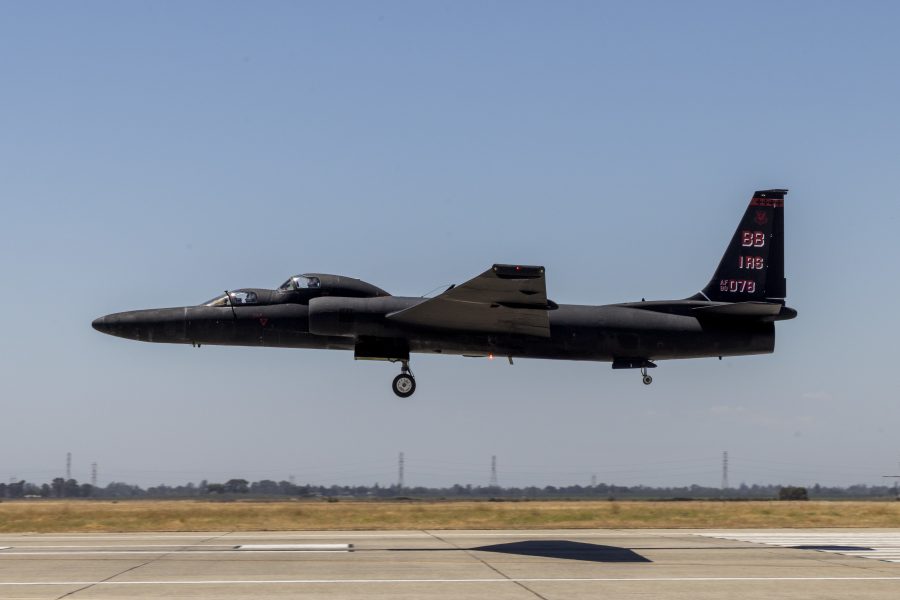
A year away from its likely retirement—and 70 years to the day after the first U-2 flight—a two-seat version of the Dragon Lady from the 9th Reconnaissance Wing at Beale Air Force, Calif., set records for distance covered and endurance on a single mission, demonstrating the venerable type’s continuing capability.
The July 31 mission flown by a TU-2S covered some 6,000 miles across more than 14 hours—the longest flight ever made by the type—during which it overflew all 48 of the contiguous U.S. states. The flight was accomplished by two senior U-2 pilots, who hold the record for highest number of hours in the jet, per a release from the wing. They took off and landed from Beale Air Force Base, Calif., the U-2’s home since 1976, and flew in the vicinity of 70,000 feet.
U-2 flights in the past have lasted last as long as 11 hours, then considered the maximum endurable by the pilot. Due to the extreme altitudes at which the aircraft flies, U-2 pilots must fly fully contained in a pressure suit; they have very limited ability to move, and can only take in food and water through a tube.
Given those limitations, this latest record-breaking flight “maxed out the operational range of the U-2 and placed the pilots at the edge of their physiological limit,” the wing release stated.
Lt. Col. John Mattson, 1st Reconnaissance Squadron commander, said the unit “continues to hone our combat competencies showcasing Beale’s capacity as a power-projection platform to rapidly respond to adversary actions anywhere in the world.”
The Air Force plans to retire the U-2 in fiscal year 2026, which begins in October; the service has cited a desire to transition to space-based and unmanned systems, the increasing reach of adversary air defenses, and operating costs. Air Force officials have also cited diminishing manufacturing sources, affecting parts availability.
The single-seat U-2’s mission capability rate declined from 76 percent to 61.9 percent from fiscal 2023-2024; the two-seat TU-2S’s availability declined from 81 percent to 59.2 percent across the same period.
One of the pilots on the mission, Corey Bartholomew, is the 1st RS flight safety officer and U-2 instructor who also flew NASA’s version of the U-2, the ER-2. He said he has been thinking about a flight that would push the U-2 to its limits for 11 years.
“Now that we’re on the 70th anniversary of the U-2—70 years at 70,000 feet—it seemed right to demonstrate the true capability of this aircraft,” he said. The Air Force only identified the other pilot, a lieutenant colonel, by his callsign, “Jethro.”
The flight also proved out new mission planning software used by the U-2 squadron. “The software has not been used for a flight this long before, or with so many factors to account for,” the Air Force release said.
The service said the mission showcased the U-2’s capabilities and honored all those who flew or worked on the jet over its 70-year history.
“The Dragon Lady is one of the most difficult planes to fly due to its unique design, requiring a chase car to assist in landing,” the Air Force said. The jet’s long nose makes it difficult for the pilot, inside a cramped cockpit with very limited movement, to see how far off the runway the aircraft is. Another U-2 pilot in a fast chase car drives alongside the jet on landing to provide the flying pilot with situational awareness. A little more than 1,000 pilots have qualified to fly the U-2.
The flight path on the record flight took it over the homes of “U-2 pilots who made the ultimate sacrifice” to honor them, the service added.
Plans to retire the U-2—in favor of the RQ-4 Global Hawk and other capabilities—have been rebuffed by Congress several times, mainly because the U-2 alone could carry the Optical Bar Camera, an extreme-resolution wet-film camera. But digital methods eventually matched it and the system was retired in 2022. The U-2 also can shift missions more flexibly than the uncrewed RQ-4, which must be reprogrammed to change its objectives.
The RQ-4 is also slated for retirement in 2027. The Air Force has not publicly announced an airborne intelligence, surveillance and reconnaissance platform that will succeed the two jets, although it is reported that a classified system, known as the RQ-180, has been operating for some time. Beale is slated to be the initial operating base for the Air Force’s new Collaborative Combat Aircraft.
The U-2 was devised by Lockheed’s “Skunk Works” advanced development unit in the early 1950s. The Central Intelligence Agency wanted an aircraft that could overfly the Soviet Union, above the reach of that country’s anti-aircraft systems, and capture photographs of Russia’s military capabilities, especially its rocket technology. The first U-2 took off in utter secrecy on July 31, 1955. U-2s flew over Russia from 1956 to 1960, when one was famously shot down, leading to a show trial of its pilot, Francis Gary Powers. Powers was convicted of espionage but was traded for a Russian agent in U.S. custody a few years later.
The U-2 fleet underwent a major upgrade in the 1980s, when Lockheed “remanufactured” the jets, enlarging them by 40 percent and equipping them with modular reconnaissance pallets that could adapt to the ISR mission required; payloads up to three times heavier than the original aircraft could carry. This was also enabled by equipping them with new GE F118 engines. The type underwent further significant but largely classified upgrades in the 1990s and 2010s; those upgrades added more sophisticated sensors, generating data that could be more rapidly and easily processed.
The post Facing Retirement, U-2 Flies Record Mission to Celebrate 70 Years of Flight appeared first on Air & Space Forces Magazine.

Air, History, 9th Reconnaissance Wing, Beale Air Force Base
Air & Space Forces Magazine
Bitcoin
Ethereum
Monero

Donate Bitcoin to The Bitstream
Scan the QR code or copy the address below into your wallet to send some Bitcoin to The Bitstream

Donate Ethereum to The Bitstream
Scan the QR code or copy the address below into your wallet to send some Ethereum to The Bitstream

Donate Monero to The Bitstream
Scan the QR code or copy the address below into your wallet to send some Monero to The Bitstream
Donate Via Wallets
Select a wallet to accept donation in ETH BNB BUSD etc..





